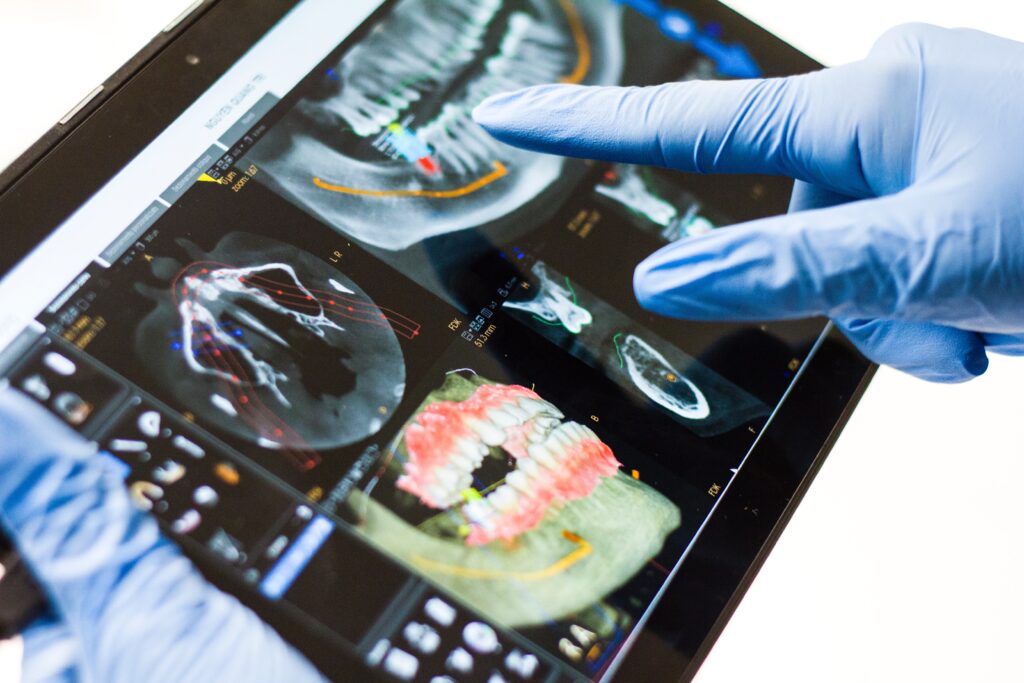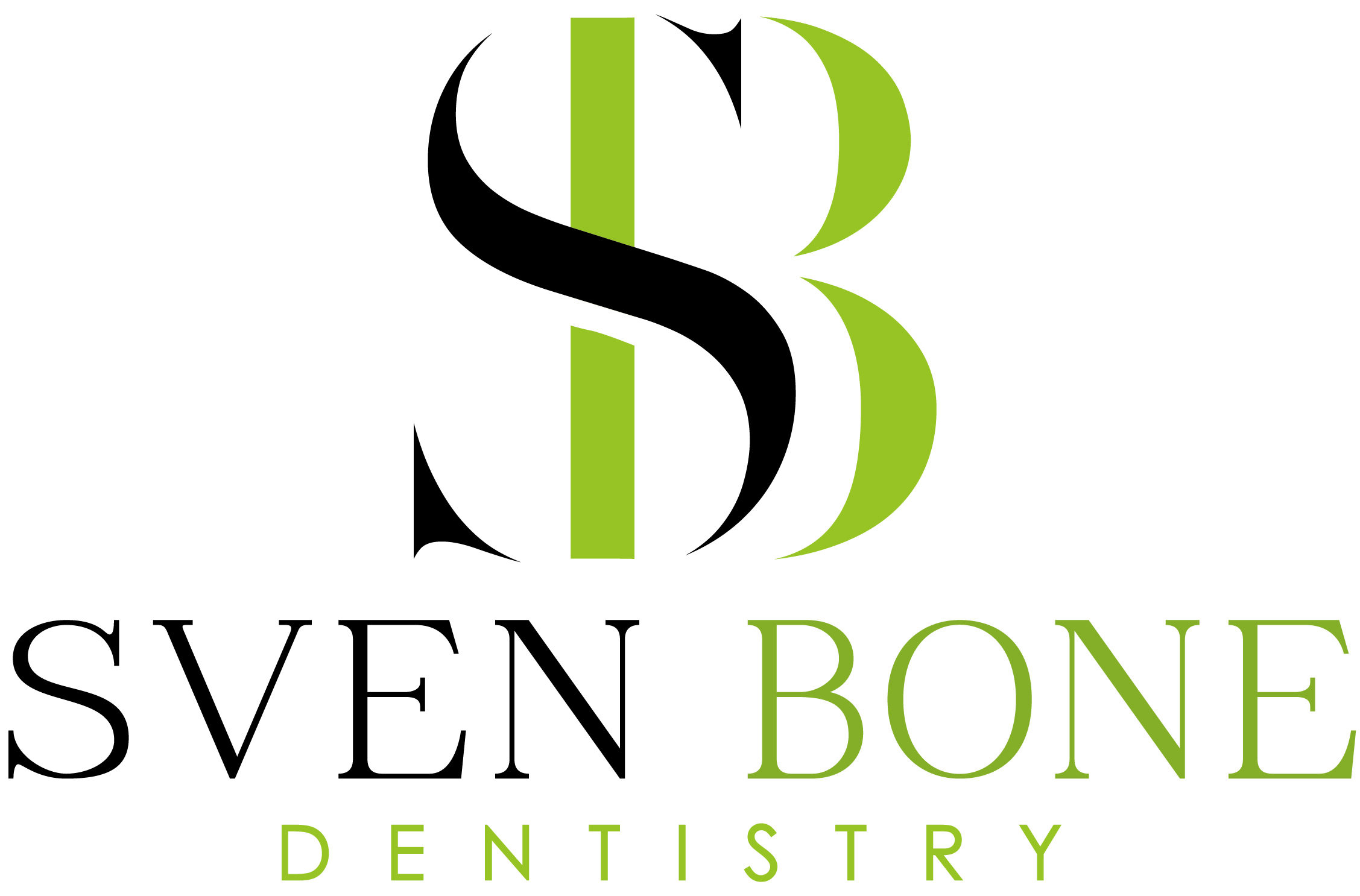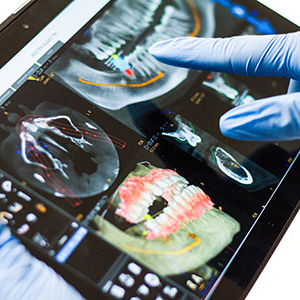
Full mouth restoration, also known as full mouth reconstruction, is a comprehensive dental treatment that involves restoring or replacing all of the teeth in a patient’s mouth. This procedure is typically recommended for patients who have significant dental problems affecting multiple teeth, such as missing teeth, damaged teeth, or advanced decay.
The goal of full mouth restoration is to improve both the appearance and function of a patient’s teeth, while also addressing any underlying oral health issues. The treatment is customized to each patient’s individual needs, and may involve a combination of dental procedures such as crowns, bridges, implants, veneers, and/or dentures.
The full mouth restoration process typically begins with a thorough examination by a prosthodontist, a dental specialist who has advanced training in the restoration and replacement of teeth. During this exam, the prosthodontist will evaluate the patient’s teeth, gums, and jaw to determine the extent of the damage and the best course of treatment.
Once the examination is complete, the prosthodontist will work with the patient to develop a personalized treatment plan that addresses their specific needs and goals. This may involve a combination of treatments, and the plan will be tailored to the patient’s budget, timeline, and other factors.
Some of the most common treatments used in full mouth restoration include:
- Dental implants: Implants are artificial tooth roots that are placed in the jaw to support replacement teeth. They are a popular option for patients with missing teeth, as they provide a stable and long-lasting solution.
- Crowns and bridges: Crowns are caps that are placed over damaged teeth to restore their shape and function, while bridges are used to replace missing teeth by attaching a prosthetic tooth to neighboring teeth.
- Veneers: Veneers are thin, custom-made shells that are bonded to the front of teeth to improve their appearance.
- Dentures: Dentures are removable prosthetic teeth that are used to replace multiple missing teeth. They can be used for both upper and lower teeth, and may be secured with dental implants for added stability.
In addition to these treatments, full mouth restoration may also involve other procedures such as gum grafting, bone grafting, or orthodontic treatment to address underlying oral health issues.
If you are considering full mouth restoration, it’s important to work with a skilled and experienced prosthodontist who can guide you through the process and ensure that you achieve the best possible results. With the right treatment plan and care, full mouth restoration can help you achieve a healthy, functional, and beautiful smile that lasts for years to come.


